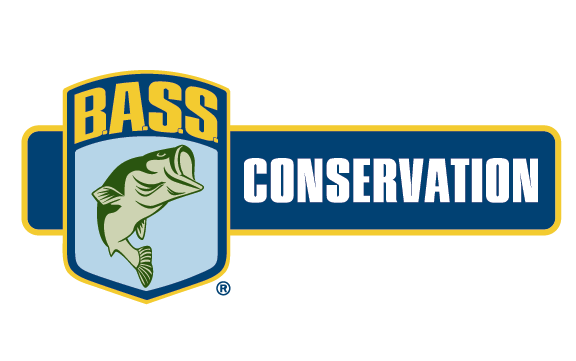
SAVANNAH, Ga. – Anglers have until noon on May 31 to comment about a controversial U.S. Army Corps of Engineers proposal to diminish hydrilla coverage at J. Strom Thurmond Lake (also known as Clarks Hill) on the Georgia/South Carolina border.
Additionally, public meetings are planned for 6 to 8 p.m. May 16 at McCormick County High School in McCormick, S.C., and 6 to 8 p.m. May 17 at Eubank Blanchard Community Center in Appling, Ga.
The intent of this strategy is to diminish the death of bald eagles, but what would eliminating hydrilla due to the sport fishery, especially the bass population?
“Protecting eagles is a big deal,” said Gene Gilliland, national conservation director for B.A.S.S. “But eradication of the hydrilla, which provides valuable fish habitat, could result in long-term damage to the bass fishery and have negative impacts on the local economy.”
Since 1998, a toxic blue-green algae that grows on the invasive plant is believed to be primarily responsible for the death of 81 eagles. The birds contract avian vacuolar myelinopathy (AVM) by eating coots which feed on the hydrilla.
“Aquatic vegetation management is needed at Thurmond to minimize eagle deaths linked to hydrilla and its associated toxic cyanobacteria,” the Corps said.
Their preferred plan, “would reduce the acres of hydrilla in Thurmond, thereby reducing potential impacts on bald eagles from AVM. This should minimize overall adverse environmental impacts.”
The Corps’ choice of the four alternatives it considered includes incremental stocking of triploid grass carp and “limited herbicide application.” Currently the hydrilla is managed with herbicide treatments to control the plants in public use areas around boat ramps, parks and swim beaches. Private land owners can also apply herbicides around their docks and boat houses with a Corps permit.
Although biologists do not seem to feel that the levels of hydrilla in the reservoir are excessive from a fishery standpoint, the Augusta Chronicle newspaper found some, including fishermen, who would like to see less hydrilla in the 70,000-acre fishery, the largest Corps impoundment east of the Mississippi River. “I don’t like it,” said Noel Brown, who has been fishing Thurmond for decades. “It’s become so dense in many areas that bass can’t move around in it. It’s clogged up the shoreline, a situation you don’t have in Alabama’s Lake Guntersville.”
But as many anglers and fishery managers know, overstocking of grass carp has decimated many quality fisheries, as the fast-growing grazers gobble up not just hydrilla but native vegetation as well.
“Eradication of the vegetation is a near certainty with the numbers of grass carp they are proposing to stock over time,” Gilliland said. “At some point, the loss of habitat will likely affect bass recruitment and eventually the quality of the fishing.” He added, “And attempts to re-establish significant amounts of vegetation after grass carp have been introduced in lakes or reservoirs have been largely unsuccessful.”
The integrated plan calls for stocking 7.5 carp per vegetated area in the first year and 9.75 carp per vegetated acre in the second. Additionally herbicides would be applied “in areas where hydrilla is at or near the surface with priority given to those areas known to have high concentrations of American coots and past eagle mortalities.”
Gilliland questions the Corps’ assessment that there will be no significant impacts to recreation or the environment. “My feeling is that fishing interests may not have been fully considered in the planning process and need to be championed by anglers now, before the approvals go through,” he said. “We need to get anglers to the public meetings to learn more about the issues.”
And they need to send e-mails to the Corps and request a response.
“Angler comments should not just be a complaint. It is imperative that comments propose a compromise solution to manage, not eradicate the vegetation. Insist on an evaluation of the treatments and require accountability,” the conservation director said. “Make sure both state fishery agencies are on board with the plan and are required to monitor the progress and document impacts on the fishery. This needs to be thought out very well because once the grass carp have been stocked, they will be there for years and years.”
Email address for comments: CESAS-PD@usace.army.mil





